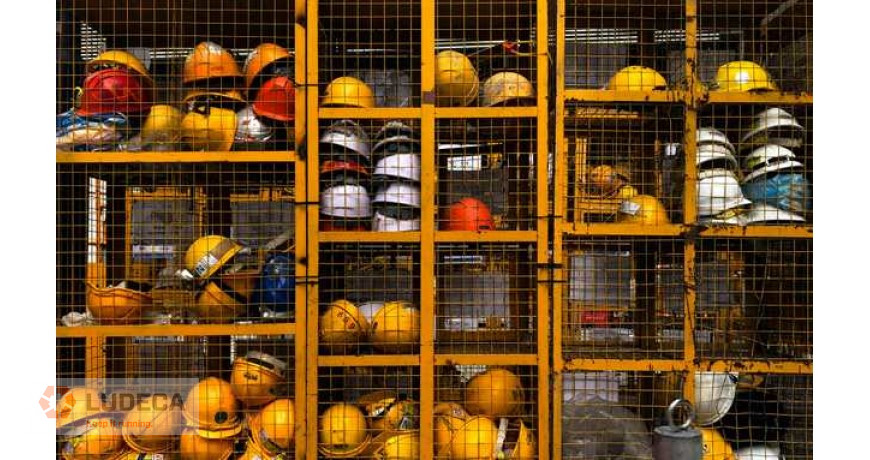The following is a dialogue that Paul Klimuc with SDT Ultrasound Solutions had with his students during the fourth Live Online Level One Ultrasound Certification Course.
QUESTION: SHOULD COMPRESSED AIR LEAK INSPECTIONS BE PERFORMED DURING PLANNED OUTAGES?
I am often asked about compressed air leak inspections… how often should compressed air leak inspections be carried out, should they occur during planned outages or regular operation hours, should the whole plant be inspected at once or should it be broken up into smaller more manageable sections.
Here are my recommendations for carrying out a successful compressed air leak inspection:
- Safety
- Frequency of Inspection
- Knowledge of the Network
- Update Plans
- Plan the Inspection
- Choosing your Equipment
- Data management
- Celebrating Wins

1. SAFETY
Safety is everyone’s number one job. Which is why I open every one of my LOLO Courses with the Poll Question, which profession suffers more casualties every year in the United States: Maintenance Workers or Firefighters? The answer is surprising to some. Even when performing a task as straightforward and “safe” as performing a compressed air leak survey, it is important to wear the correct PPE, earplugs, safety glasses, etc. And always remain aware of your surroundings.
2. FREQUENCY OF INSPECTION
Leak inspections are not a one-and-done task. They must be performed periodically, and it’s best if they’re broken up by dividing the plant into smaller more manageable sections and performing surveys individually (More on that later).
According to the Department of Energy, compressed air systems that have been more than a year without inspection and maintenance are likely to lose upwards of 35% of their compressed air to leaks.
So, when is the best time to perform compressed air leak surveys and inspections? During planned outages and shutdowns? No.
Ultrasound can be used effectively in extremely loud environments. The background roar of a production facility doesn’t impede its ability to locate the hissing produced by compressed air leaks. Also, if assets aren’t in operation, automated valves that close when production is down would affect compressed air supply throughout the facility, rendering the results of an air leak survey inaccurate.
3. KNOWLEDGE OF THE NETWORK
 Knowing the network will improve the speed and efficiency of compressed air leak surveys, while also familiarizing the inspector with potential safety hazards.
Knowing the network will improve the speed and efficiency of compressed air leak surveys, while also familiarizing the inspector with potential safety hazards.
The best way to get to know your compressed air network is to walk the inspection route prior. In a perfect world, you will be able to get your hands on schematics that illustrate piping locations, and the route the compressed air flows.
Before beginning your ultrasonic inspection, you should have an idea of what type of challenges you will face, and which sensors you will want to use during your inspection.
Click here to continue reading the entire article, “Best Practices for Performing a Compressed Air Leak Survey” to learn about Paul Klimuc’s recommendations for carrying out a successful compressed air leak inspection!



